Home of sea lions and sea elephants
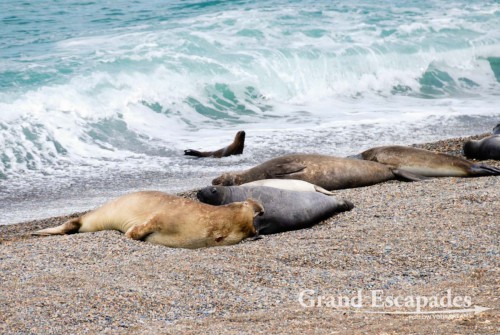
A male sea elephant can weight up to 4 tons and has a harem of up to 200 females, Peninsula Valdez, Argentina
On the second day, starting from Puerto Piramides, we drove around and across Peninsula Valdéz, a very long drive of about 220 kilometers on gravel roads. There are mainly three places to go.
Punta Delgada in the southeast is the home of a large number of sea lions and in spring, a huge colony of sea elephants makes this place its home. From a long cliff the visitors can see an endless string of these giant sausage-like creatures lined up along the beach. It is the sheer number that makes it such an impressive sight, but since these animals hardly ever move it is getting a bit boring after a while.
At Punta Cantor / Caleta Valdéz, more sea elephants can be admired from much closer, lying motionless on the gravel beach. In September, females give birth to pups, so lots of young ones can be seen as well. At least those move once in a while! Sea elephants are fascinating animals: a male weighs up to 4 tons, five times more than a female. A male can dive up to 800 meters, a female up to 1.500! And if that was not impressive enough, they can travel up to 11.500 kilometers in 220 days at sea.
We were extremely luckily because we also were able to watch two orcas for about an hour, swimming leisurely in the bay, at times only a few meters from the beach. We hoped that we would get to see their famous attack of sea lions or sea elephants lying on the beach, but we had no such luck. We saw a video at the Ecocenter in Puerto Madryn showing these attacks. It is an awesome sight: the Orcas swim full speed onto the beach, grab a seal, sometimes throw it up into the air, and retreat back into the ocean. It is also a rather dangerous maneuver for the Orcas, because if they end up too far on the beach they are stuck. A ranger told us that only a few out of a group of Orcas can actually do this. And they have to practice it!
There is also a small colony of Magellanic penguins in Punta Cantor, but nothing compared to Punta Tombo, which we visited the following day.
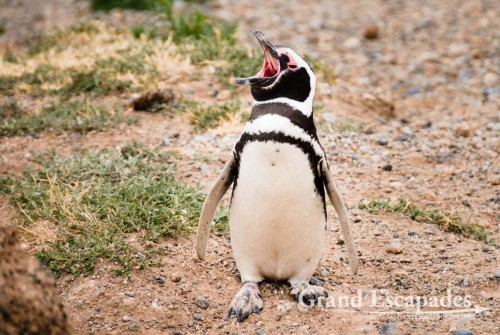
You also can spot a few Penguins near Caleta Valdes, at times singing (well, screaming …), Peninsula Valdez, Argentina
Punta Norte means more sea lions and sea elephants and we would say it was not really worth the long trip. The highlight there was a Pichi running around the parking lot and causing some uproar when smelling the shoes of tourists.
In between, we could also spot many guanacos. They belong to the same family as lamas, alpacas & vicunas, but these live in the lower areas. We could also see Maras, some kinds of big rabbits.

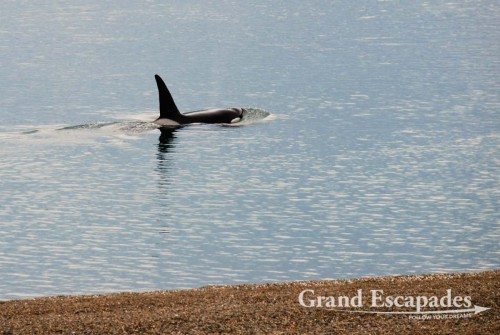
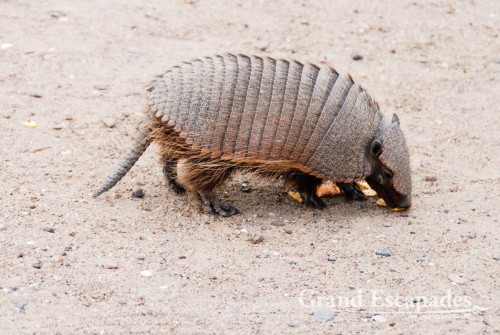
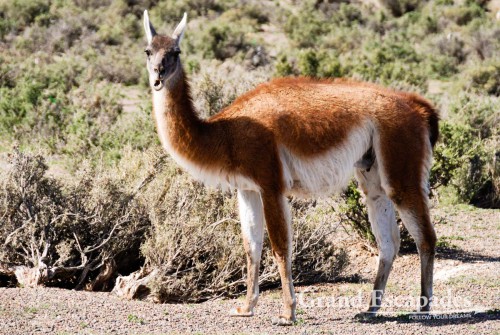
No comments yet.